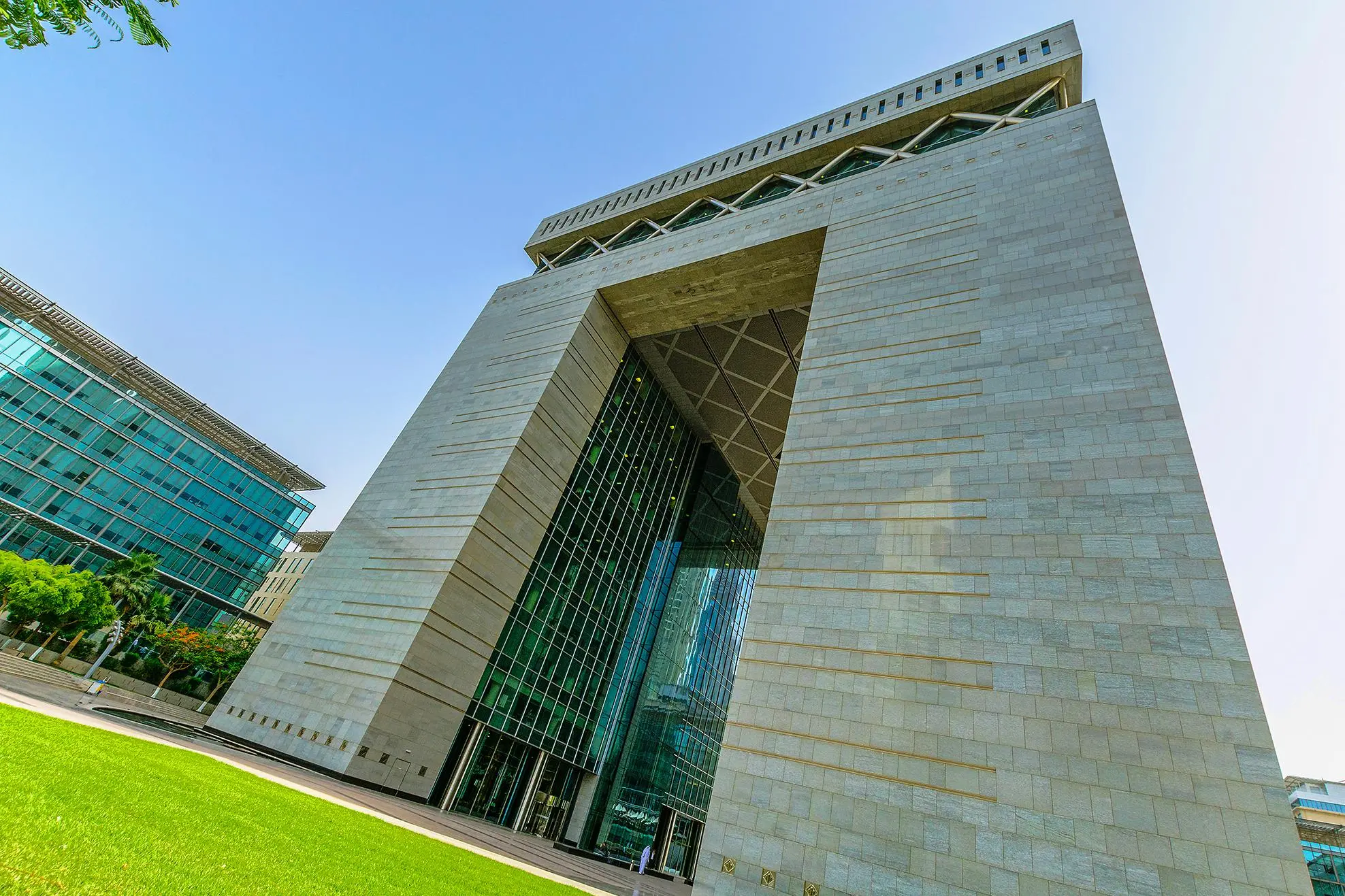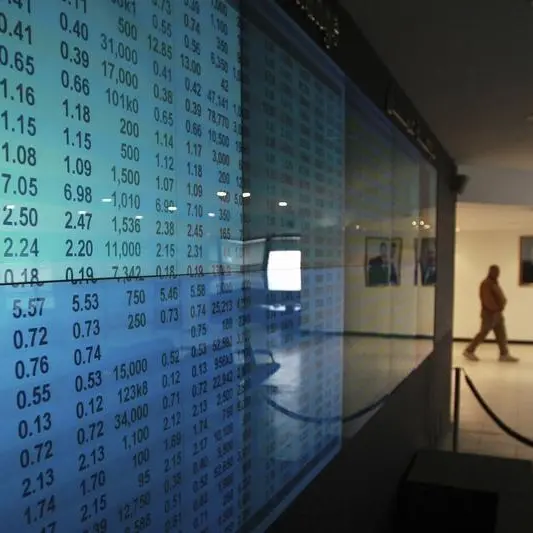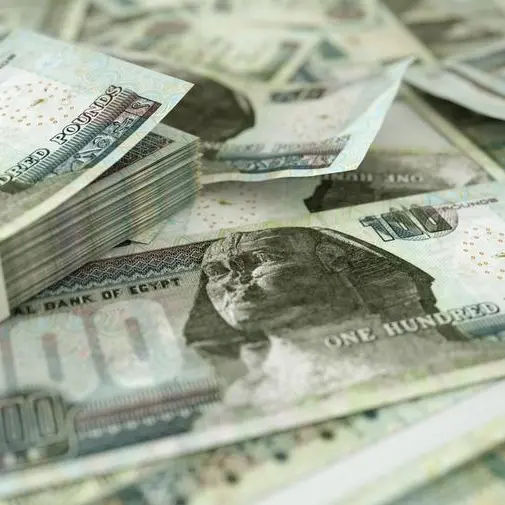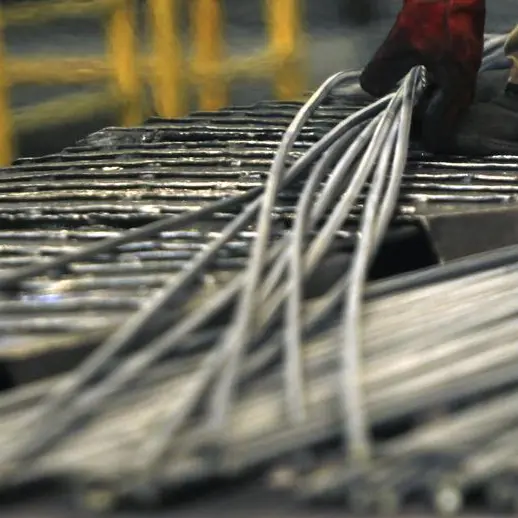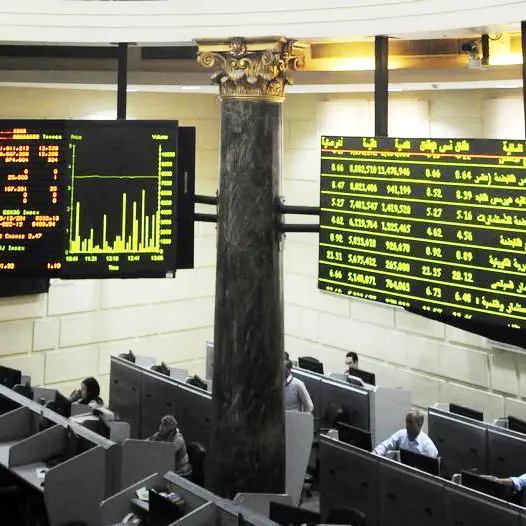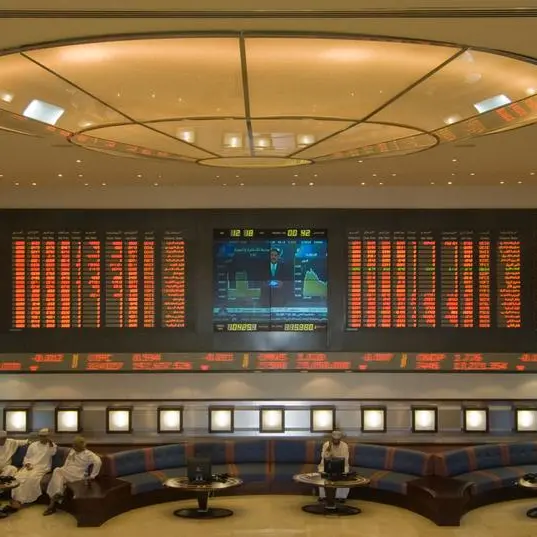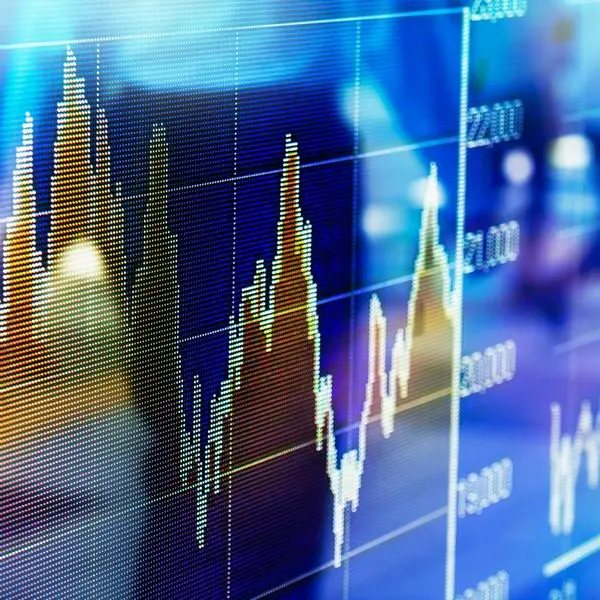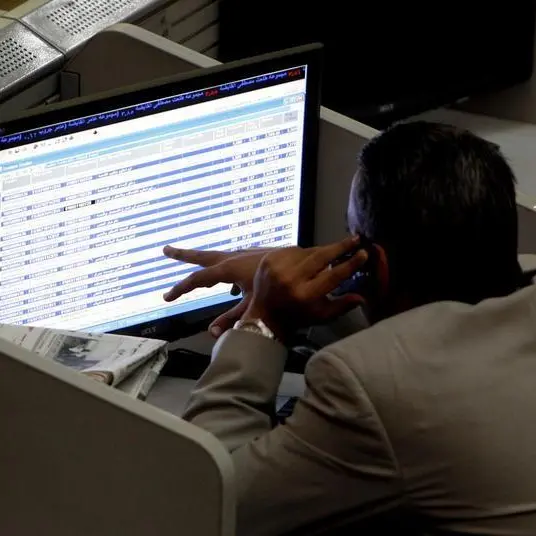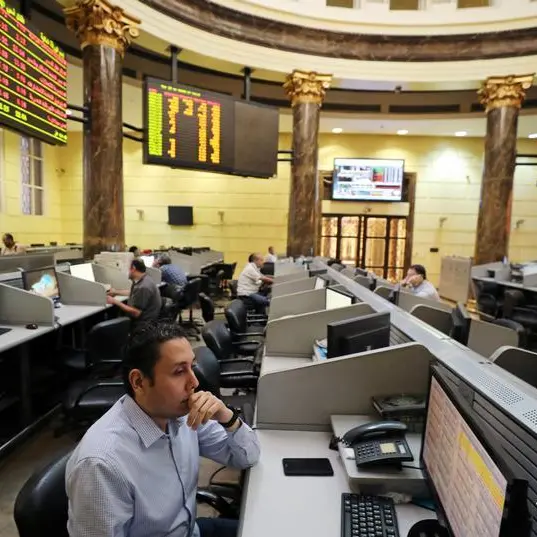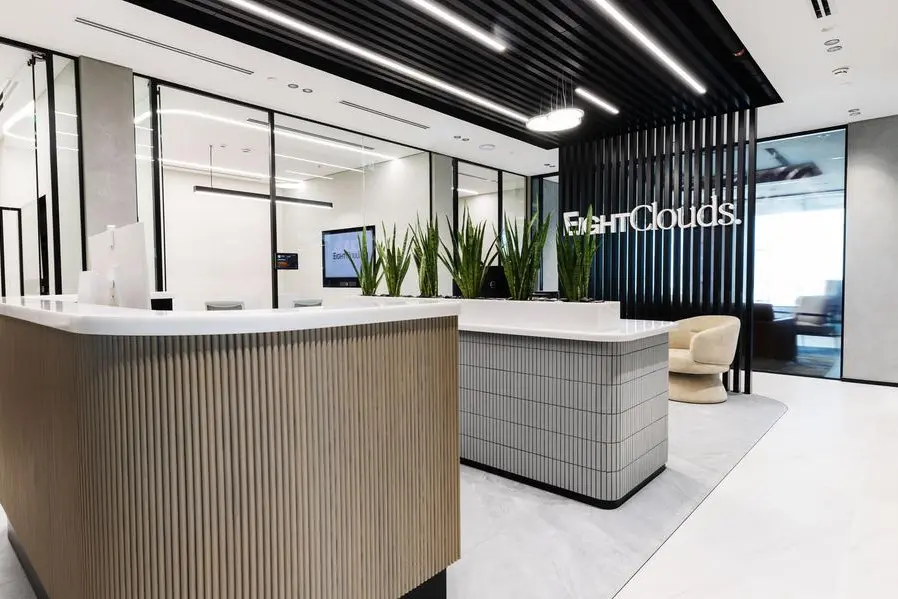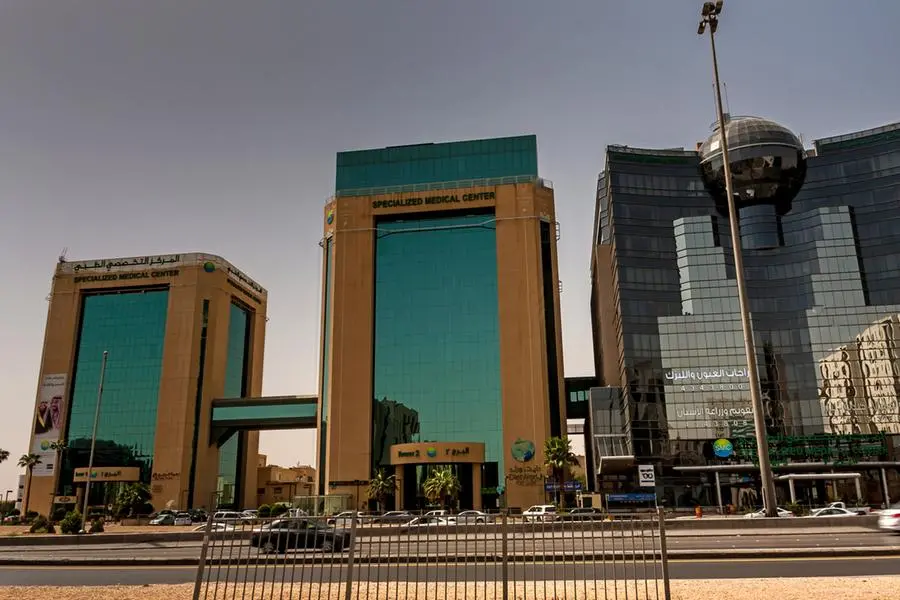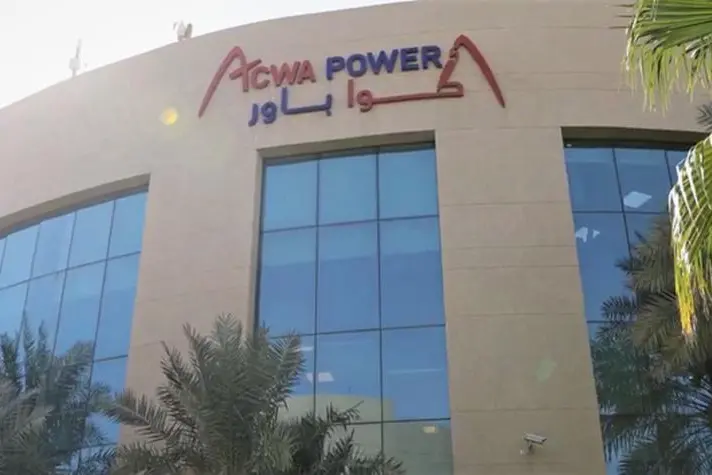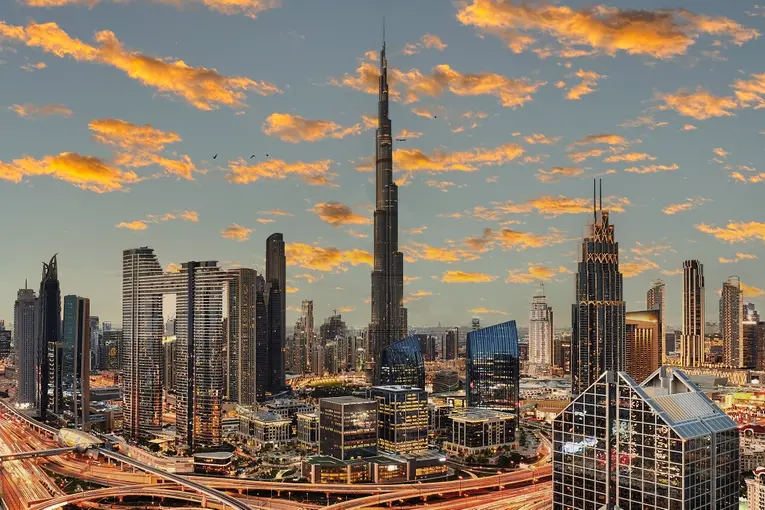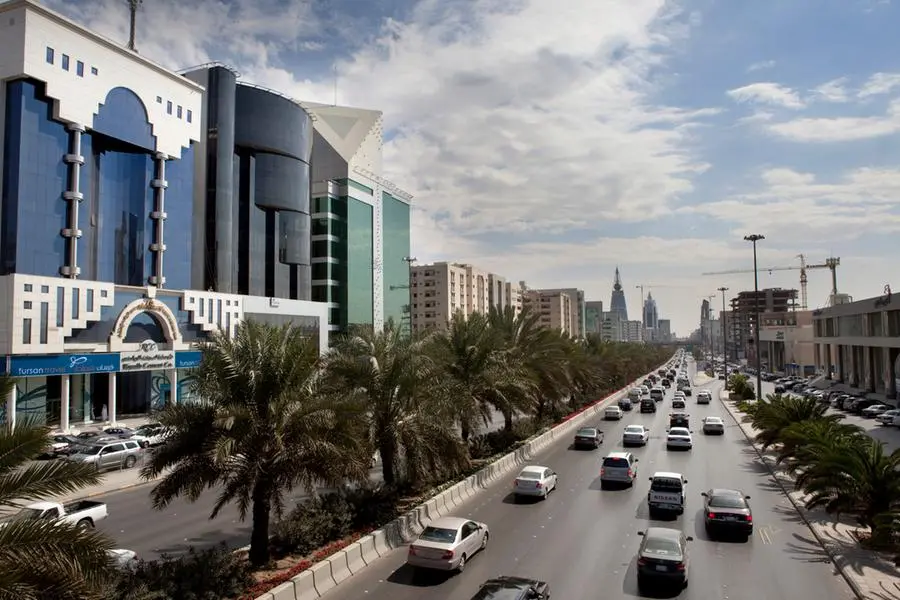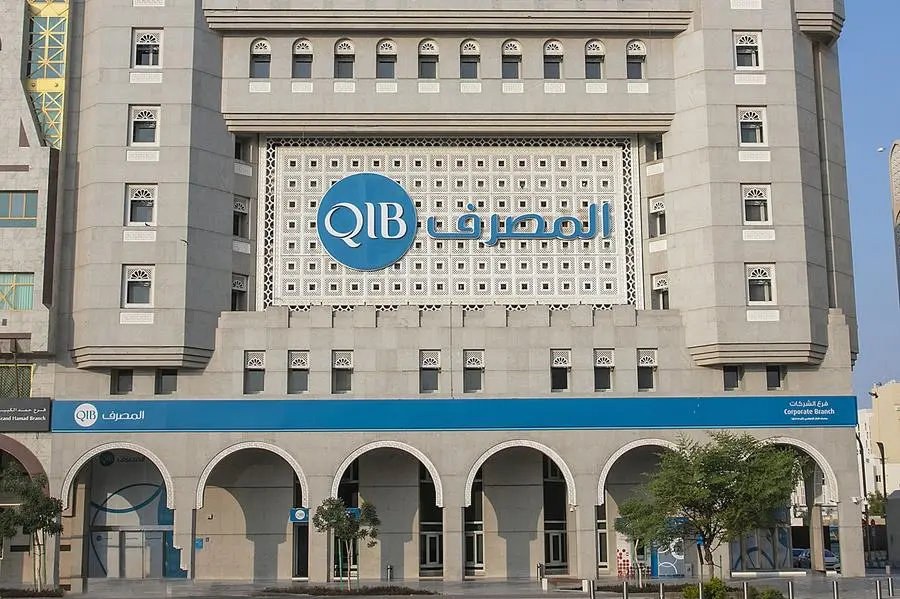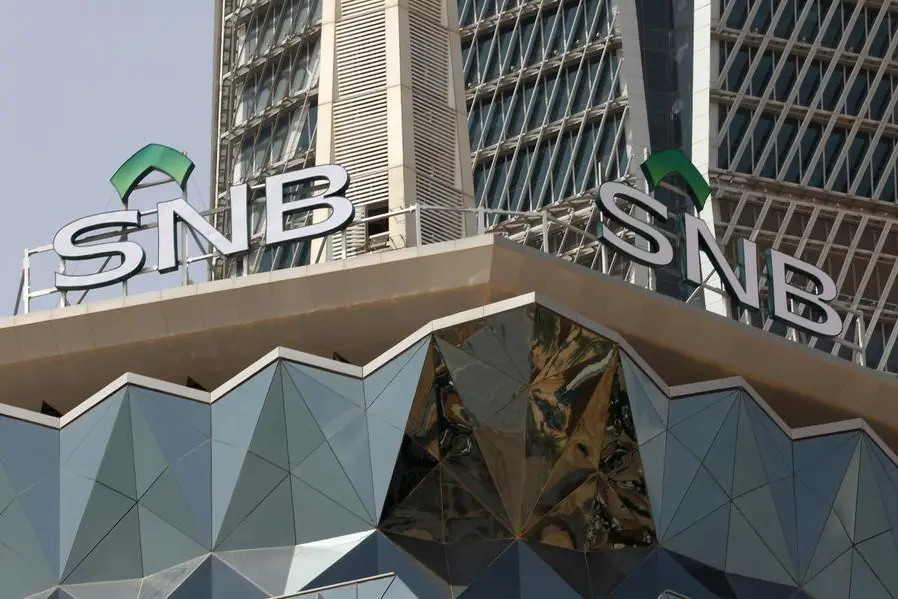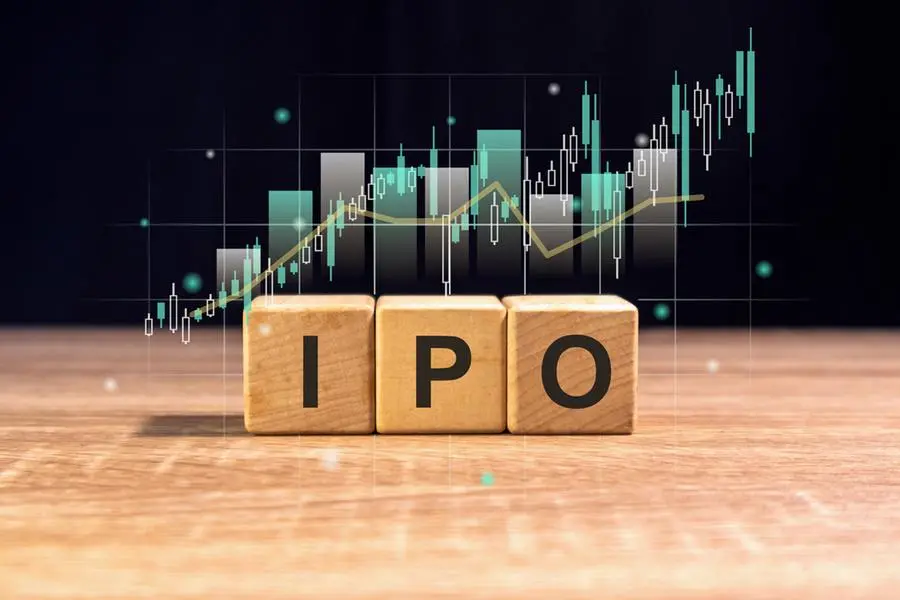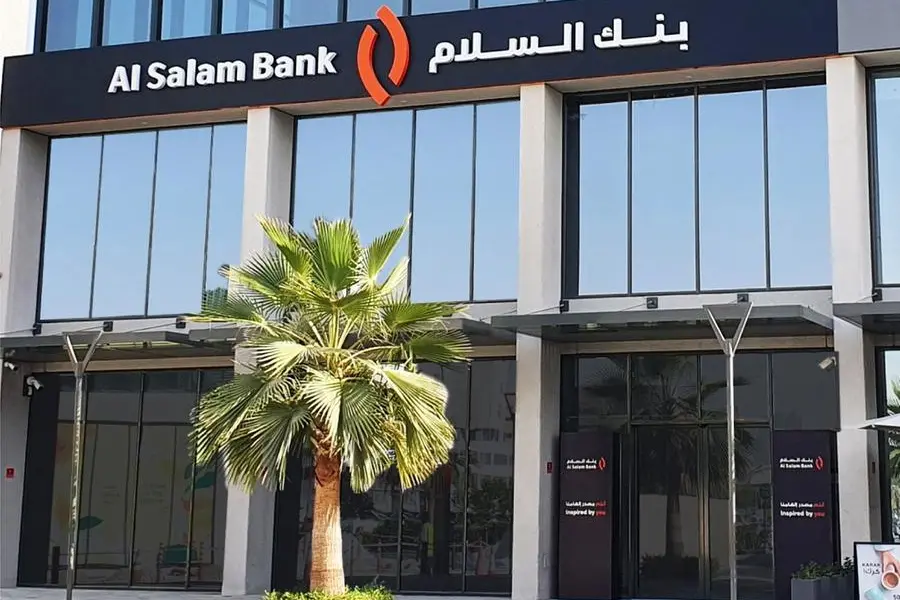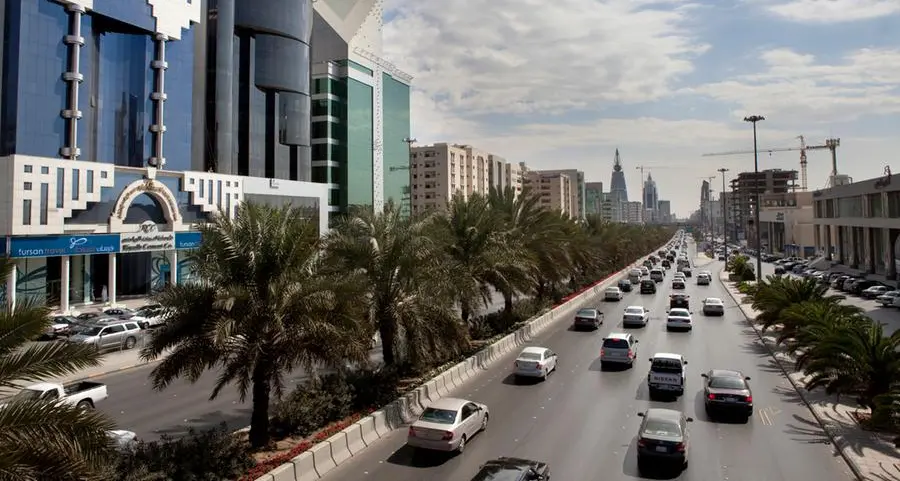PHOTO
Modern architecture Gate Tower, DIFC, Dubai. Image used for illustrative purpose.
(Figures displayed in paragraphs 18 and 19 were corrected to UAE dirhams)
A bell-ringing ceremony conducted at Nasdaq Dubai's Dubai International Financial Centre (DIFC) offices on Wednesday by the centre's governor, Essa Kazim, kicked off trading on futures contracts on the 12 biggest stocks on the region's biggest market, Saudi Arabia's Tadawul.
Although the launch of these contracts was four months behind schedule (the launch was originally planned for September), Nasdaq Dubai's chief executive officer Hamed Ali argued that the launch date has worked out well.
The launch had been delayed in part due to the turmoil experienced in emerging markets during the third quarter of 2018, and although a launch could have taken place later in the year, starting in January provided "a much better template" in terms of offering months of uninterrupted trading.
"In September, you (could) start and then December would be a slower month, but if you are starting the year with a new product you can start with a better momentum," he said.
Besides, he added that the intervening period had also helped to garner interest from "additional market participants".
"We now have all of the top tier of UAE brokers connected to our derivatives market. And we've seen a lot of interest from their side," Ali said.
Futures contracts are a derivative product which set a fixed price for an underlying asset, such as equities, currencies or commodities, to be paid on a specific date in the future. They allow traders to speculate on whether an asset will rise or fall in price, or hedge against the risk of future prices gains (or falls).
The launch of a futures market in Saudi Arabia is a continuation of a strategy that Nasdaq Dubai announced when it first began offering futures to an initial seven major United Arab Emirates (UAE)-based companies in 2016, Ali said, when it recruited an initial seven brokers to market the contracts.
"The strategy was we will launch single stock futures on every market. We will follow it up with index products reflecting the same market, giving institutional investors an indicator or the ability to take positions," Ali told Zawya on the sidelines of Wednesday's event.
He added that it "alluded towards regional expansion back then", even though it did not specify which market.
Saudi Arabia was the obvious target, for a number of reasons. Ali mentions its geographic proximity, as well as the fact that "it's one of the most attractive markets today, there is quite lot of spotlight when it comes to Saudi Arabia".
Big is beautiful
It is the biggest and most liquid market in the region by some distance, and the fact that around $16 billion worth of passive investor inflows are expected next year when the kingdom's biggest stocks are included into emerging market indices operated by FTSE Russell, MSCI and S&P Dow Jones, with a similar amount of investment expected from asset managers also plays into its favour. Ali said that it would replicate its strategy of launching a futures contract based on the Saudi market, but declined to give a date, other than indicating that it would happen "this year".
One target that isn't being set, however, is any expectation on the volumes or values of contracts traded which, if the history of contracts based on UAE products is anything to go by, could be patchy.
The number of UAE single-stock futures contracts has increased from seven at inception to 19 now, and last year Nasdaq Dubai began index futures contracts based on both the Dubai Financial Market and the Abu Dhabi Securities Exchange.
A futures contract on a broader UAE index compiled by MSCI will also begin trading next week. Not only that, but the number of brokers has now climbed to 12, with the addition of major brokerage houses such as Brokerage House Securities and Daman Securities last year increasing competition, which helped to lift volumes, Ali argued.
"Some of the newer brokers... if I look at the top four brokers that are participating, especially in the second half of 2018 and specifically in the fourth quarter, we now see a competitive element. And that's what you want to see in a market.
"I, as a market, cannot directly influence how many trades happen. No market can - no market should, in fact. But the trend we see among brokers is more aggression, more active type of push for the market and we've seen that on the volumes. So if you take Q3, for example, and compare that to Q4 last year, Q4 numbers were double Q3 numbers," Ali said.
Indeed, the final two months of the year witnessed a strong pick-up, with trading reports on Nasdaq's website showing the traded value of equity futures contracts more than doubled from October to November, reaching almost 20 million UAE dirhams ($5.4 million) in November 2018, from 9.9 million dirhams the month before. In December 2018, the traded value of equity futures doubled again, reaching 44.05 million dirhams for the month.
However, the overall traded value of equity futures contracts on the exchange in 2018 reached just over 240.7 million dirhams, which was a 48 percent drop on the 463.9 million dirhams traded in 2017.
Ali argued that the overall development of the market infrastructure in the UAE meant that the "base foundation is there" to develop the Saudi futures market.
"As long as we see expansion in terms of the number of investors that are connecting, the mix of brokers that we are attracting to the market for the first 2-3 years, those are the KPIs we are looking at, those are the real growth indicators," he said. "Liquidity is subjective. For us, the definition of liquidity we have is, are investors able to take positions immediately, (is) there enough pricing on the products that are displayed?
"This market has two market makers, and has 12 participants. That is a very good critical mass to start with," he said. The buy and sell transactions are almost immediate - you don't have to wait to find a buyer."
Casting the net
The other part of its plan for Saudi futures is to go beyond its core market in the UAE to reach investors in Europe and elsewhere looking for ways to trade the Saudi market. And its launch this week gives it a head start on Tadawul, which announced its own plans to work with MSCI to create a tradable index in September, as well as the development of a central clearing platform to allow it to create its own futures market, which it is expected to bring forward in the first half of this year.
Ali said that he does expect "a lot of overlap" between the type of investors trading Saudi futures on Nasdaq Dubai and those that will eventually trade them on Tadawul.
"We are yet to see what type of products Saudi will be launching, but even if they were very similar to each other, I think that would be very good for investors because you have a choice of two markets. Our reach is different than Saudi, our accessibility is different," he said, adding that he felt there was enough room for both to operate futures markets.
"Having said that, we're here to collaborate with everyone and at any point in time if we see an opportunity where the two markets can work together, we will collaborate on that."
Once the Saudi market is off and running, Ali said that further diversification can be expected, with Egypt most likely to be the next target.
"We take a MENA view and the selection of the markets works on a number of factors - current assets listed on those markets, the confidence we have in the regulatory framework of those markets," he said.
"You need a market that has the right level of integrity, that is relatively active and attracts investors from beyond its local domain," he said, adding that another important criteria would be that a target market would allow access to the brokers working with Nasdaq Dubai on its futures contracts.
"If you apply those criteria, you can immediately see two or three choices from Middle East and North Africa," he said.
Speaking to Zawya in a telephone interview on Wednesday, Mohamed Al Hajj, MENA equities strategist for EFG Hermes (which is one of the brokerages that trades Nasdaq futures contracts), described the launch of Nasdaq Dubai's Saudi equity futures as "a positive step", particularly as it will allow some of the new investors expected to come into the market this year to hedge their positions.
"It definitely makes the access better for the Saudi market," Hajj said. "However, it is worth noting that without a clearing facility International investors face problems in terms of access to the new products and until such a clearing facility is available, volumes will likely remain low."
(Reporting by Michael Fahy; Editing by Shane McGinley)
Our Standards: The Thomson Reuters Trust Principles
Disclaimer: This article is provided for informational purposes only. The content does not provide tax, legal or investment advice or opinion regarding the suitability, value or profitability of any particular security, portfolio or investment strategy. Read our full disclaimer policy here.
© ZAWYA 2019
